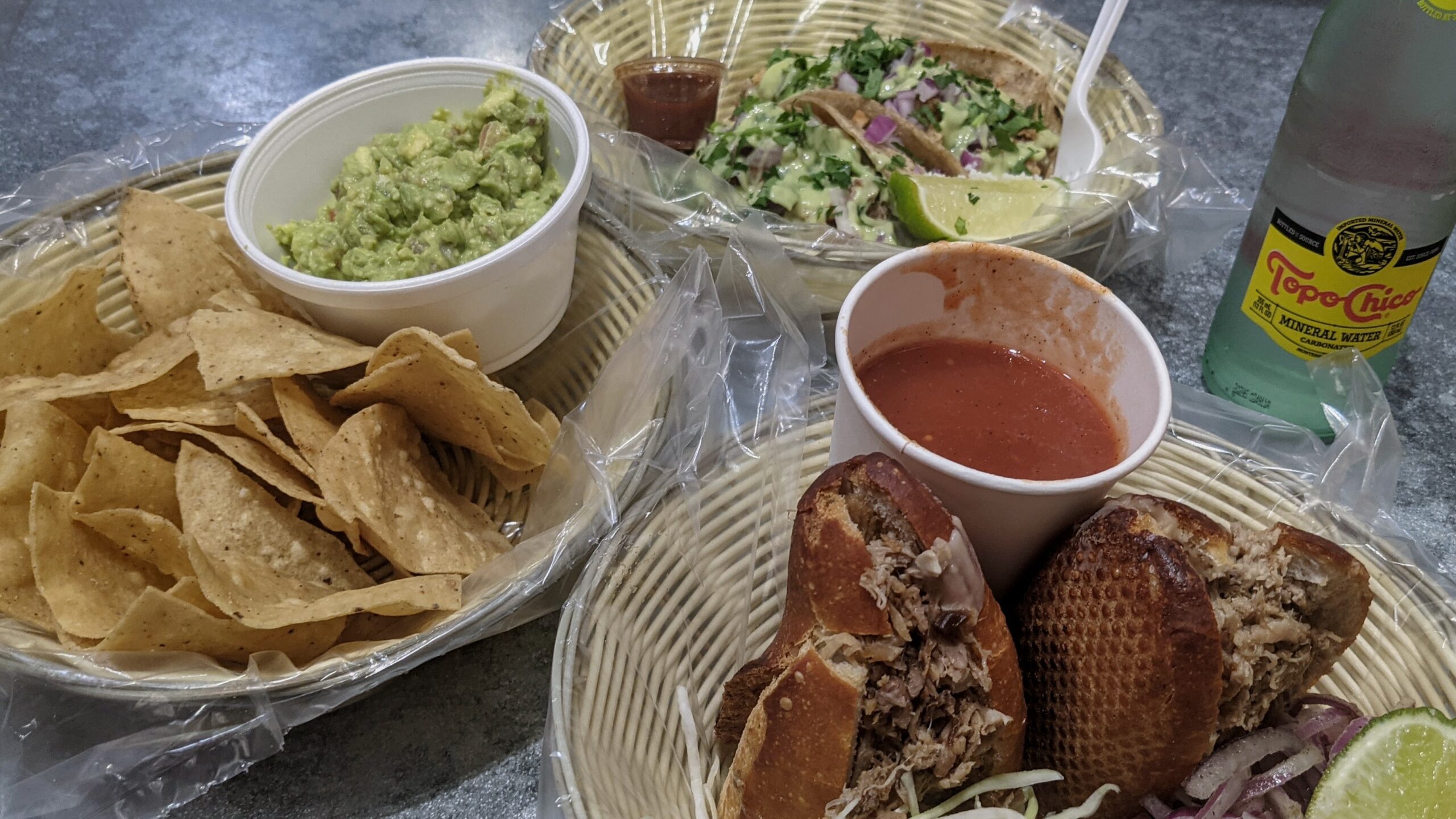“It feels good to be back on an adventure,” Brian said as we drove past the Maverick Junction gatehouse after checking into Big Bend. It had been a while since most of our recent travels have been in larger cities or coastal towns. We were all ready to see some new and beautiful scenery, including Skipper as you can see below.

Big Bend has been on our bucket list of places to visit for some time. We’ve heard things about it from fellow nomads, seen pictures posted by people that have left us imagining what it must really look like, and dreamed of stargazing in the darkest of the dark sky parks.

Someday, we will have to return to truly experience the dark sky part of the park. Cold nights had us limiting our time outdoors, especially at night. We hope that our return trip will find greater cellular service in the area which would allow us to stay for a longer period of time. Given today’s current challenges in connectivity, we limited our visit. Since we only spent three days in the park, we also left a lot of stones unturned. But we did get three days in the park and were able to see some of the diversity that this place offers.

On our first visit to the park, we drove the 22-mile Ross Maxwell scenic drive. With stops at Sotol Vista, Mule Ears View Point, and Santa Elena Canyon Overlook, amongst many others, we began to see the beauty of the park.

The Scenic Drive ends at Santa Elena Canyon where we walked in far enough to see the Rio Grande River and the beginning of the canyon’s steep walls.

We took the 13-mile unpaved Old Maverick Road back to our starting point. This road is navigable by most any high clearance vehicle. Just be sure to ask at the gate if the road is open for travel.

On the morning of our second day, it rained and then snowed, blanketing parts of the park with lots of fluffy white snow. Once the snow had stopped, we headed out for about a 37-mile drive across the main east/west road to checked out the Rio Grande Village campground and the Boquillos Canyon,

We made several stops along the way to enjoy the views snow-covered on the western side of the park and mostly without snow, other than high altitude, on the eastern side of the park.

On our return trip, we drove down the Chisos Basin Road, a six-mile winding road that climbs from about 1800 feet to around 5400 feet. We were surprised to see signs warning of bears and mountain lions amongst the evergreen trees in the area. We enjoyed a short walk on the Window View Trail as the sun was beginning to set.

Have you ever noticed how different the scenery is driving in one direction versus the opposite direction? We know from experience that this is true. So on our third day in the park, we returned to the Ross Maxwell Scenic Drive so we could experience the drive from south to north instead of north to sourth as we had driven it before.

We also decided that we wanted to hike into the Santa Elena Canyon. Here, steep canyon walls, one stateside and one in Mexico, quickly have you feeling quite small. We were not disappointed!
A few facts about Big Bend Park:
- Big Bend refers to the great southwest Texas U-turn the Rio Grande makes here, which defines the 118-mile park boundary and the USA and Mexico’s international border.
- It’s in the northern part of the Chihuahuan desert — one of North America’s four major deserts.
- With the river and corresponding flood plain come species not adapted to desert life.
- Over 450 species of birds have been identified here, and it overlaps for species considered to be northern with species considered to be southern.
- The Chisos Mountains are the Rio Grande’s green island in a sea of desert, attracting creatures like mountain lions and bears that you wouldn’t expect in a desert.
- Elevations range from 1,800 feet along the Rio Grande to about 8,000 feet in the Chisos Mountains.
- There are over 150 miles of hiking trails and as many or more miles of roads for off-roading.
- It’s one of the darkest places in the lower 48 states.
- For more information about Big Bend National Park, visit: https://www.nps.gov/bibe/index.htm
2 Replies to “Adventures in Big Bend National Park”
Comments are closed.










Looks Beautiful!
Maybe when you return some day in the future, we will be able to join you. Miss you!
We miss you guys too! You would love the area! Especially all of the great hiking that there is to do there. Unfortunately, though, there are no dogs allowed on the trails in Big Bend. ☹